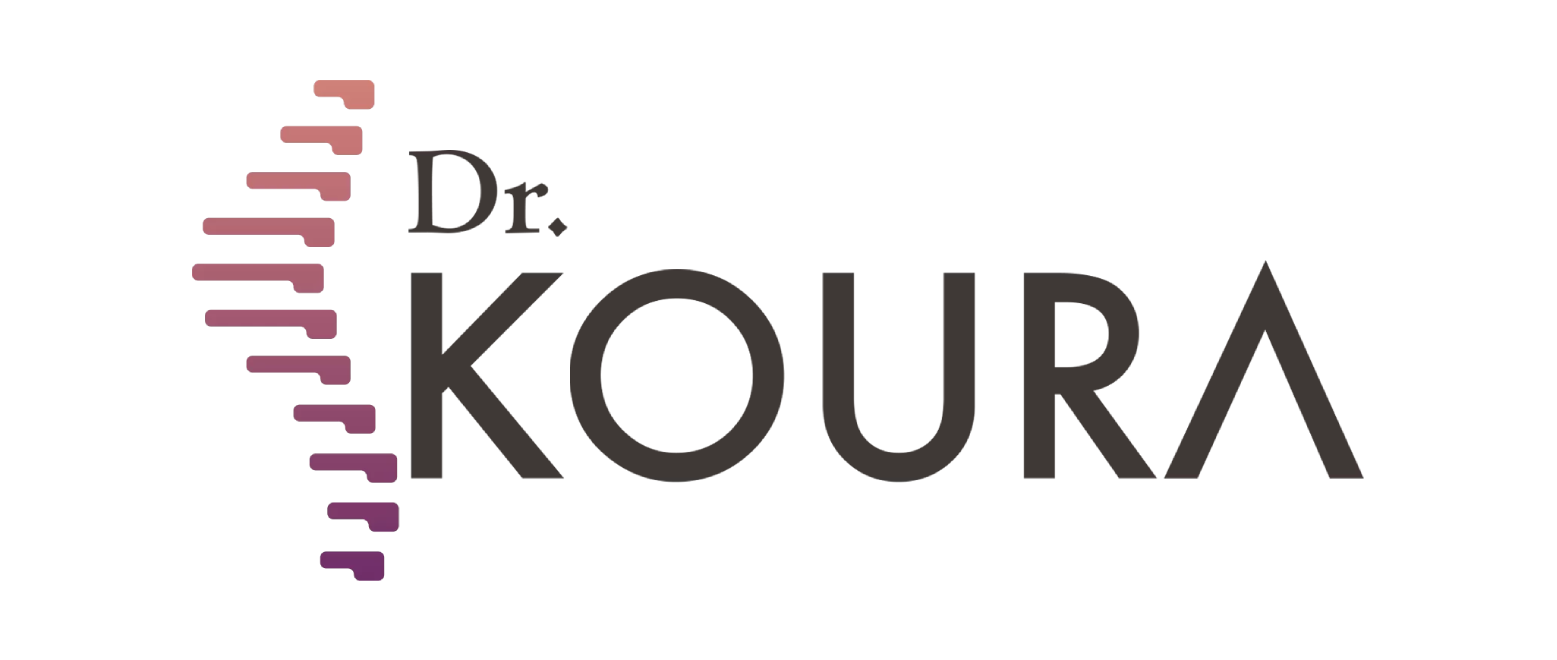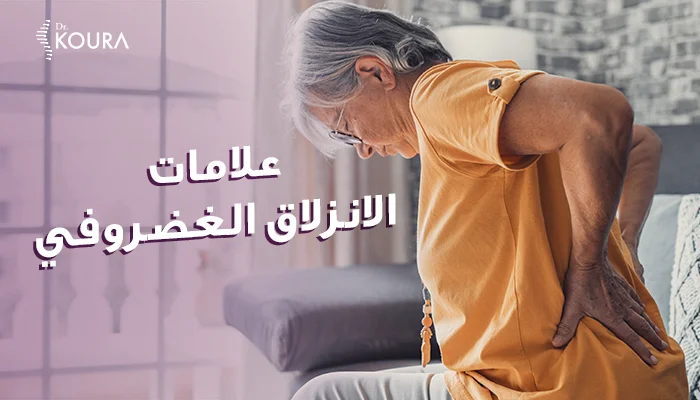Signs of a herniated disc - how to get rid of a herniated disc without surgery
Herniated disc is a common problem that affects many people of various ages. Disc herniation may occur due to excessive pressure, aging, or even some injuries. Herniated discs can cause a range of symptoms, such as lower back pain and spinal discomfort, among others, which can be painful and diminish the individual's quality of life. In this article, we will examine the signs and symptoms of disc herniation, and we will also clarify non-surgical methods for relieving disc herniation at Dr. Mohammed Koura's center, The best doctor in this field is always updated on the latest advancements in therapeutic techniques through his participation in various international conferences alongside leading doctors and experts from around the world.
What is herniated disc?
Herniated disc occurs due to a problem with the rubbery cushion between the vertebrae, known as the spinal disc. This disc is composed of a soft gelatinous center and a tougher outer covering. When the soft gelatinous material protrudes through any opening in the rough outer covering, it results in herniated disc, which in turn leads to the emergence of symptoms of herniated disc.
What are the signs and symptoms of herniated disc?
Typically, a herniated disc exerts pressure on nearby nerves, causing pain to radiate along the nerve. Herniated lumbar disc is commonly the cause of sciatica, which is pain in the leg along the path of the sciatic nerve down the back of the leg.
Generally, symptoms of herniated disc include:
- Lower back pain: This pain may be accompanied by stiffness in the back.
- Spinal pain: The pain may worsen with movement, occurring after standing or sitting for an extended period, or after walking even short distances.
- Leg pain: Leg pain is usually more severe than lower back pain and is often described as sciatica if it radiates along the path of the large sciatic nerve in the back of the leg.
- Nerve pain: Nerve pain is distinctly felt in the leg, described as burning or sharp.
- Variable location of symptoms: The location of symptoms varies with the degree and location of the herniation, affecting the lower back, buttocks, front or back of the thigh, or the foot and/or toes, usually on one side of the body.
- Nerve symptoms: Numbness, pins and needles sensation, weakness, and tingling in the leg, foot, and/or toes may occur.
- Foot drop: Symptoms associated with nerve compression may include difficulty lifting the foot when walking or standing on the toes, a condition known as foot drop.
- Aggravation of pain when bending forward: Many find that positions such as relaxation or bending forward in a chair or bending at the waist significantly worsen leg pain.
In some cases, lower back pain or leg pain that occurs for a few days and then disappears can be the initial indicator of a herniated disc.
How to get rid of herniated disc without surgery?
You might find it surprising to know that those challenging surgeries for treating herniated discs have been replaced by a 30-minute medical session at most, conducted inside the operating room solely for sterilization purposes. Various interventional therapy techniques are applied based on the specific needs of the case.
Among the most effective interventional treatment techniques at Dr. Mohamed Koura's center, the best doctor in this field in Egypt and the Arab world, where he possesses 12 non-surgical techniques for treating spinal and joint problems, including the following:
- Miniature endoscopy (Disc Fx) for treating lumbar and cervical disc herniation.
- Radiofrequency for treating lumbar and cervical disc symptoms.
- Therapeutic injections for lumbar and cervical nerve roots.
- Percutaneous laser disc decompression
What are the drawbacks and advantages of non-surgical treatment?
We have often heard the phrase "everything has its pros and cons," but in reality, this saying does not apply to interventional treatment at all. It is safe, effective, a definitive solution, and has no side effects. Age or weight does not pose an obstacle to it. Moreover, its duration does not exceed 30 minutes at most, making it a regular therapeutic session rather than a procedure to remove spinal disc herniation in the lumbar or cervical region.
In conclusion, if you experience any lower back pain or pain in the spine that may extend to the leg, take the initiative to visit Dr. Mohamed Koura's center for an early diagnosis.
Book now and relieve your pain with Dr. Mohamed Koura's center.





 Egypt
Egypt